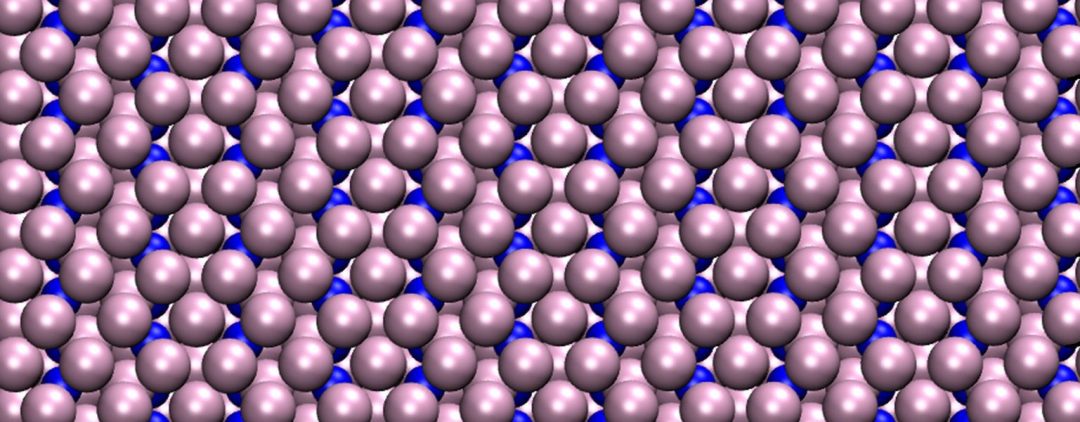Burning fossil fuels for energy gives carbon dioxide as a byproduct. In contrast, burning hydrogen gives only water. As economies move to minimize their carbon footprint, new technologies for hydrogen synthesis are crucial.
In Advanced Energy Materials, Prof. Mohammad Asadi of the Illinois Institute of Technology and co-workers investigate the use of trimolybdenum phosphide as a catalyst for hydrogen synthesis.
Platinum is the standard catalyst for hydrogen production, but the uptake of this technology is limited by the high cost of the metal. In this context, finding new materials that can catalyze hydrogen production is crucial.
The trimolybdenum phosphide was synthesized through a colloidal chemistry technique combined with a thermal sintering process.
Prof. Asadi states, “In this work, done in close collaboration between electrochemists, microscopists, and computational theorists, we discovered a platinum-like activity using trimolybdenum phosphide nanoparticles for hydrogen evolution reaction.”
Excitingly, the catalytic activity of this new material is the closest to platinum observed to date.
“The key finding is that the unique structure of these catalysts provides high-density sites at the surface, with outstanding intrinsic electronic properties that are crucial for every electrocatalytic reaction.”
To find out more about trimolybdenum phosphide nanoparticle catalysts, please visit the Advanced Energy Materials homepage.

















